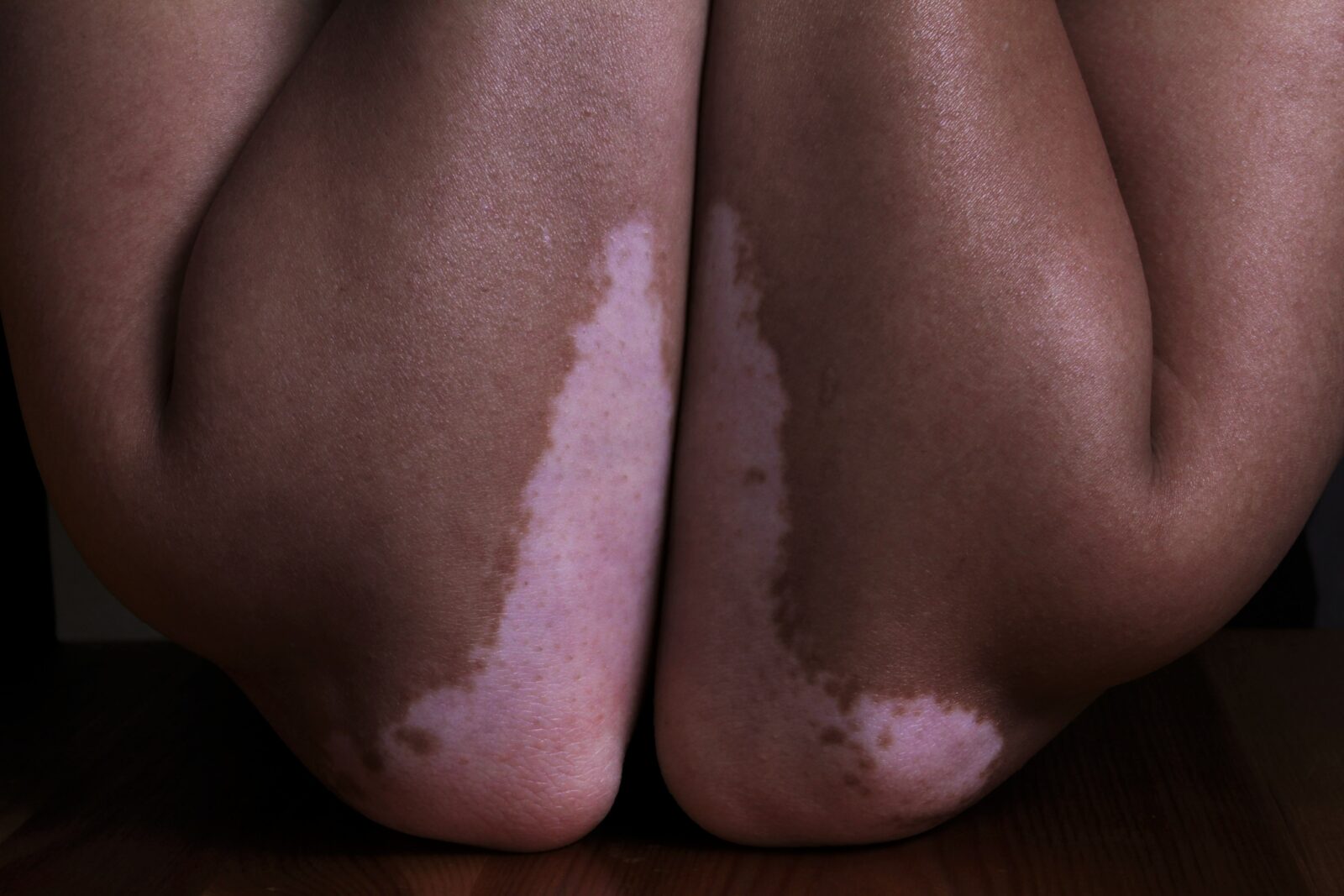
Vitiligo is a skin condition that results in loss of pigmentation in patches of your skin. It most commonly affects the feet, face, hands, and arms. However, vitiligo may also be found in the mouth, mucous membranes, inner ear, eyes, genitals, and hair. Vitiligo can affect a person of any age, ethnicity, or gender. Certain factors can increase your risk of developing the condition. Conventional medicine uses creams, surgery, medication, or coverage to treat it, although you can find some natural supports for vitiligo to improve your overall well-being.
Let’s take a deeper look at what the condition is,
What is vitiligo?
Vitiligo affects approximately 1% of the world’s population according to the American Osteopathic College of Dermatology. It is an autoimmune skin condition that results in patches of the skin losing pigmentation due to melanocyte loss. The immune system attacks and destroys the melanocytes, which produce skin pigment. The skin loses its color and becomes white.
Vitiligo may affect the skin, eyes, inner ear, mucous membranes, and hair. The most common affected areas include your hands, feet, arms, face, genitals, nostrils, mouth, mucous membranes, ear, and back of the eye. It may also affect your hair and cause white or grey hair.
Vitiligo may affect all ages, both sexes, and any ethnicities. The most common type is Vitiligo Vulgaris or common vitiligo. However, other types include linear, trichome, segmental, and inflammatory vitiligo. Vitiligo is not contagious and is generally considered to be an autoimmune condition.
Members Only Content
To continue reading please subscribe to WellnessPlus by Dr. Jess MD
Be your own best doctor with our comprehensive suite of online health coaching tools.
